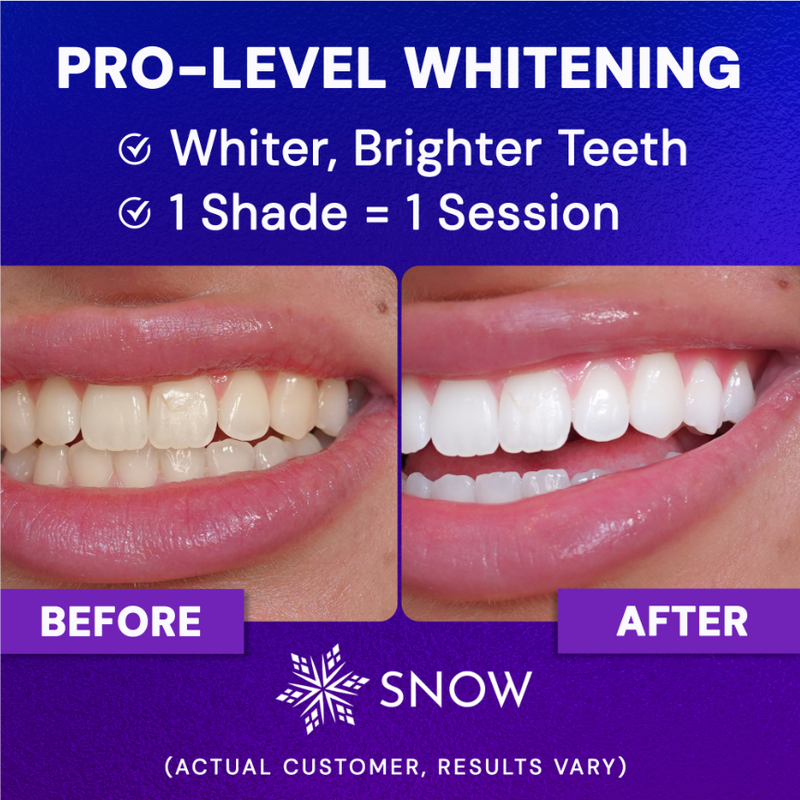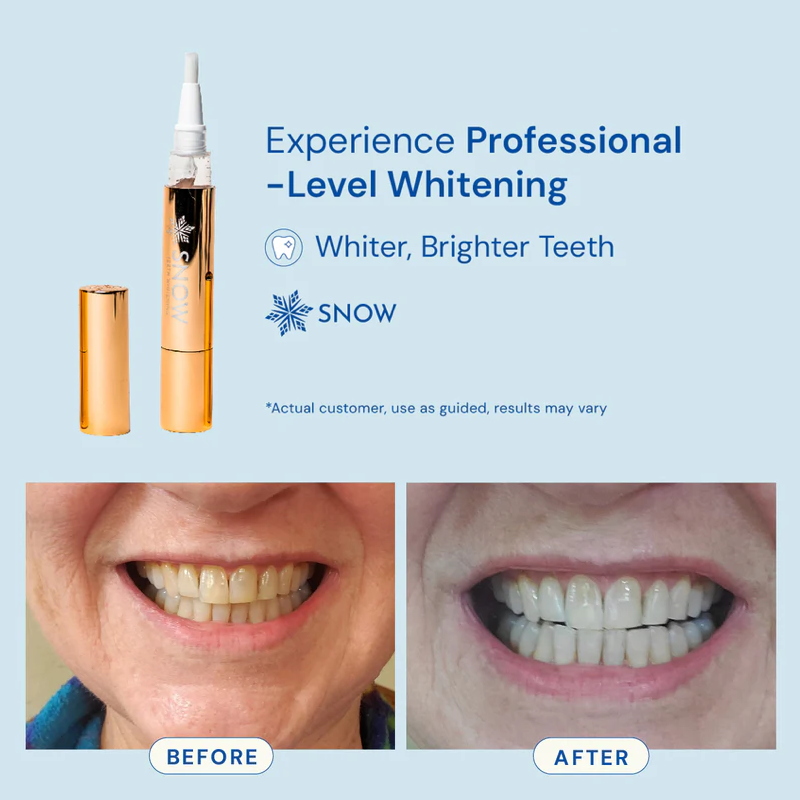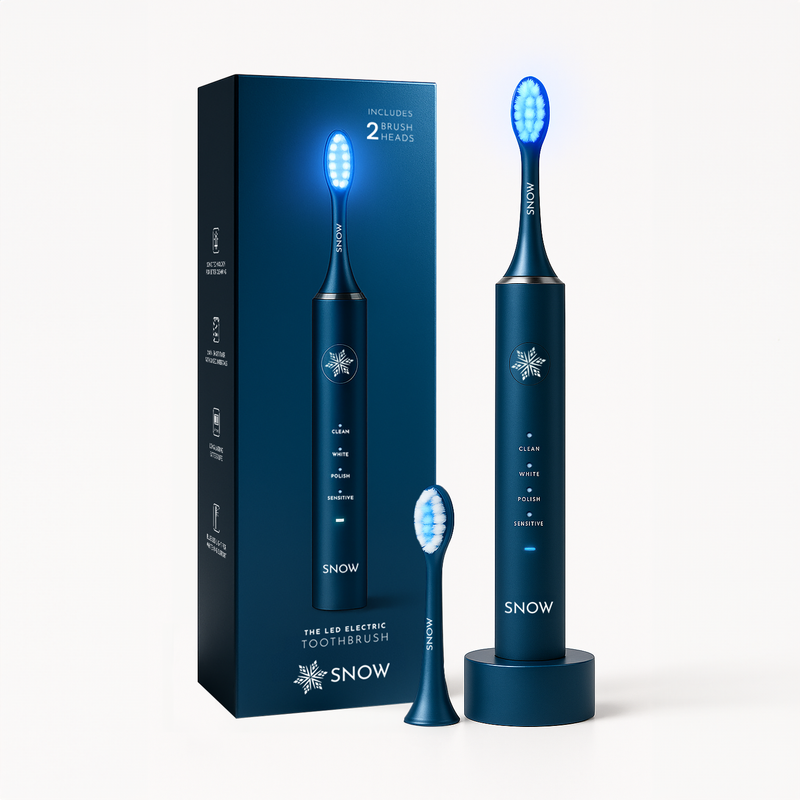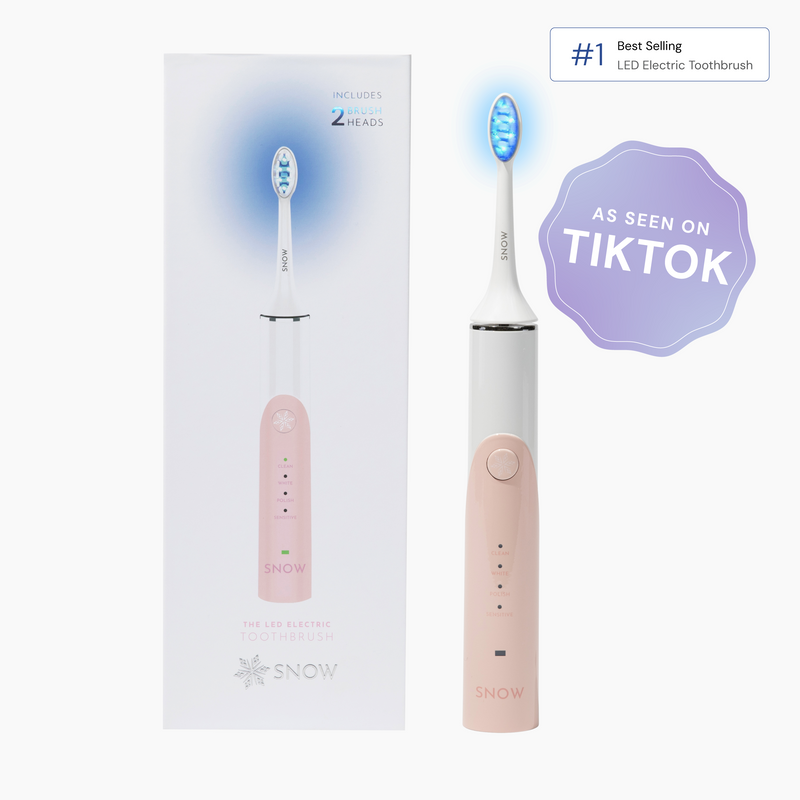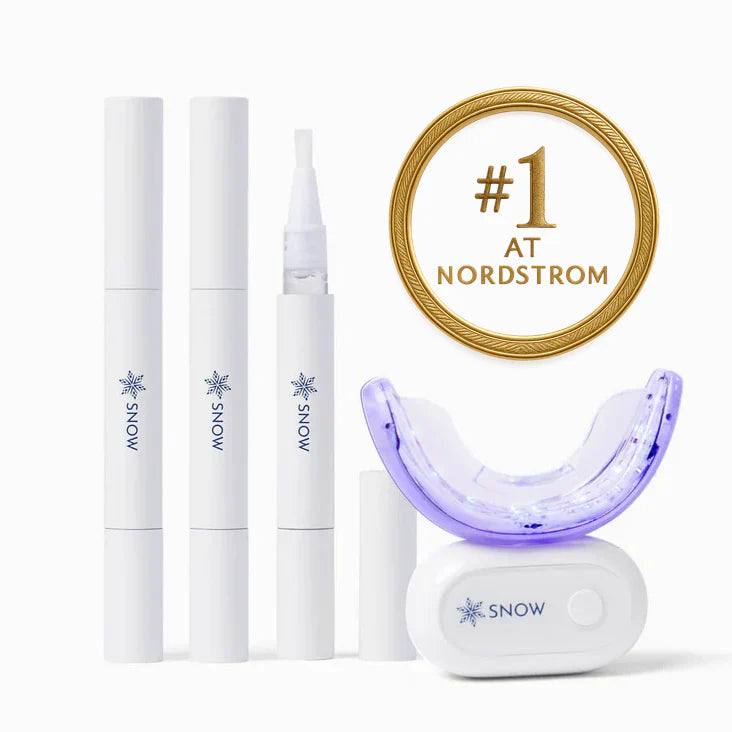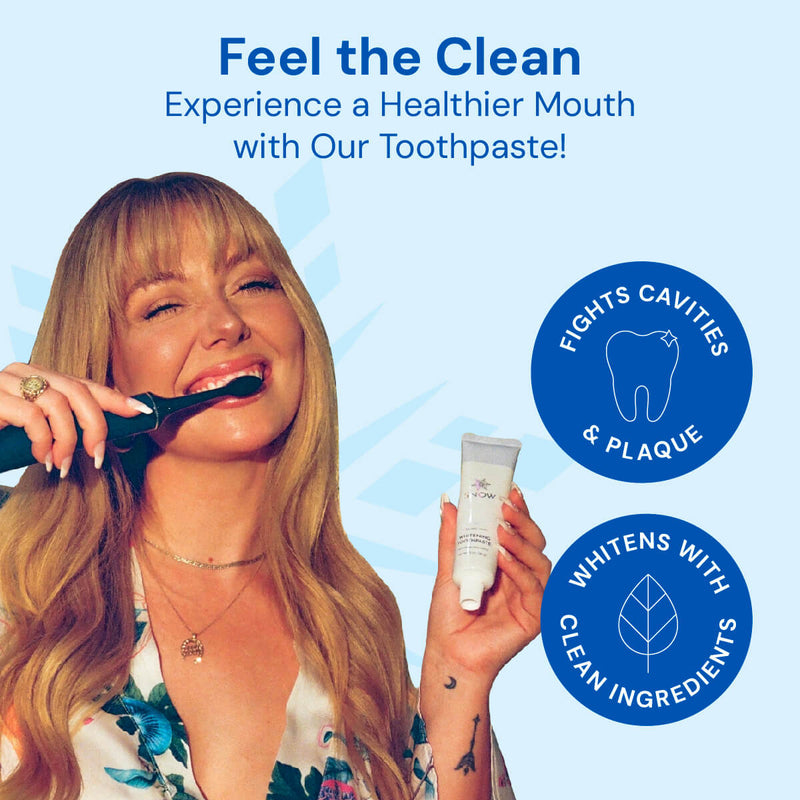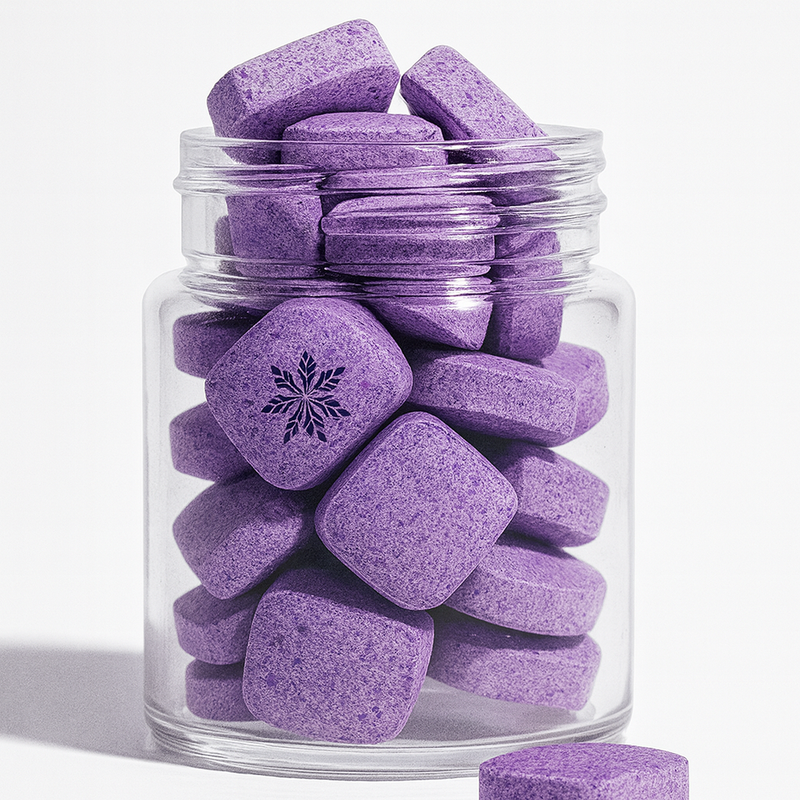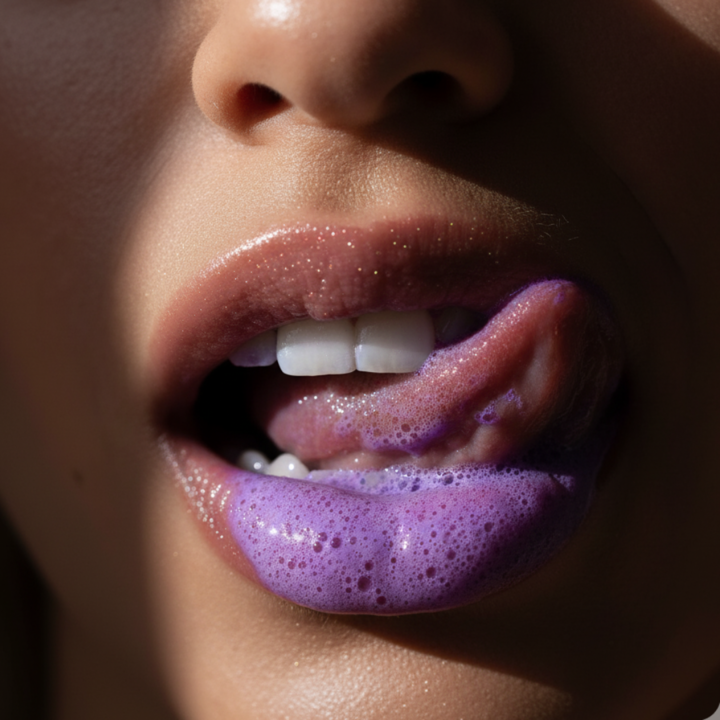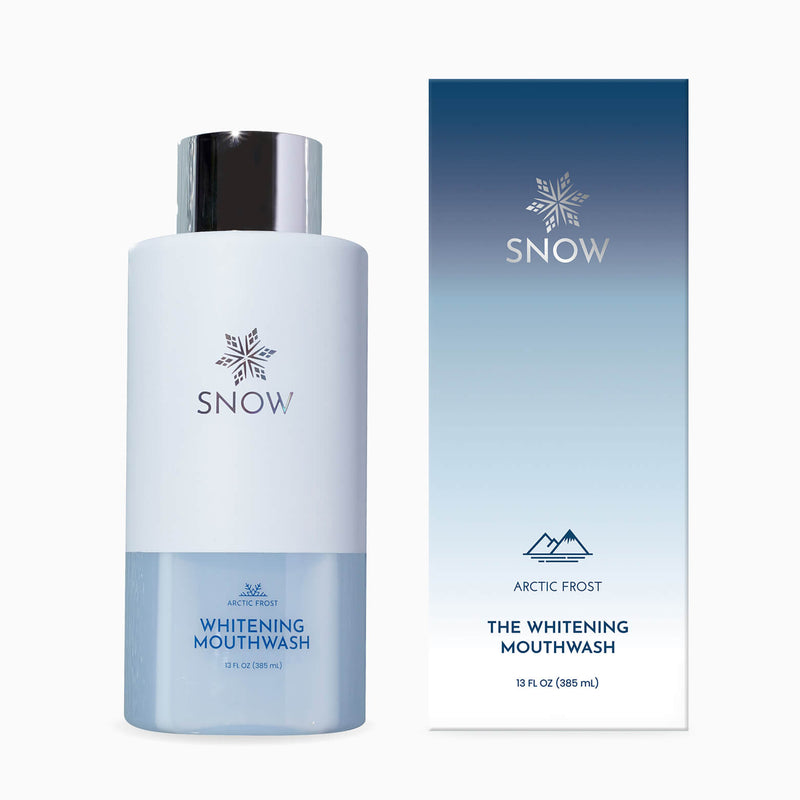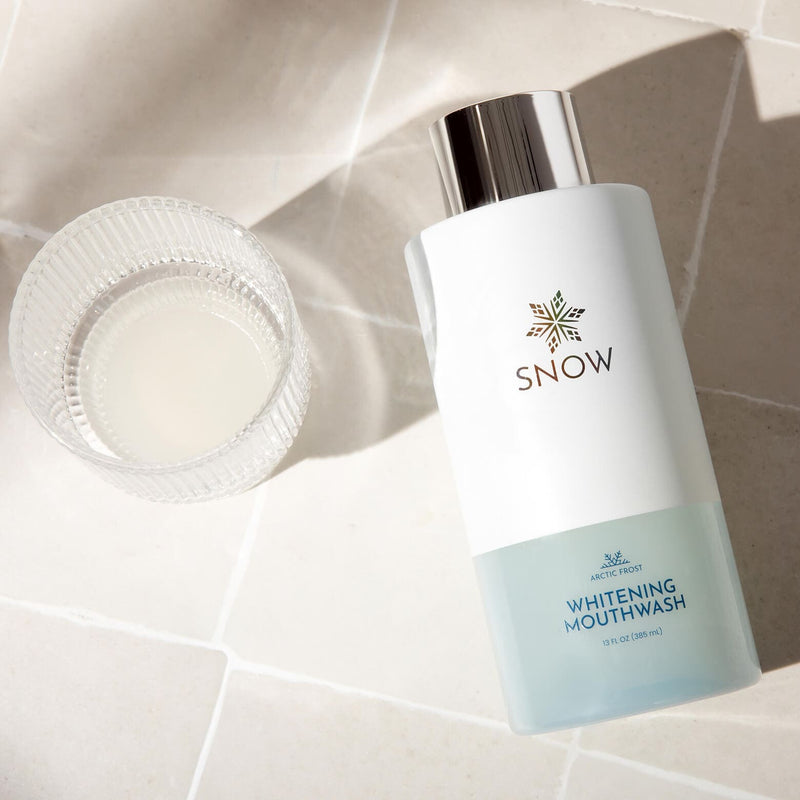Smoking after teeth whitening can feel like sabotaging your own smile.
Right after a teeth whitening session, your enamel becomes more porous, making it easier for tar and nicotine to cause yellow or brown stains.
This puts your fresh teeth whitening results at risk. In this article, we’ll break down why smoking affects your teeth after a whitening treatment, what it actually does to your enamel, and how to protect your teeth whitening investment with smart aftercare.
Key Takeaways
-
Smoking shortly after teeth whitening can cause rapid discoloration due to the porous nature of enamel, requiring more frequent touch-ups to maintain results.
-
The chemicals in tobacco, such as tar and nicotine, deeply penetrate tooth enamel, making it more susceptible to stains and diminishing the effectiveness of whitening treatments.
-
To prolong whitening effects, smokers should avoid smoking for at least 24-48 hours post-treatment, follow good oral hygiene practices, and consider regular professional touch-ups.
Why Smoking After Teeth Whitening Is Harmful
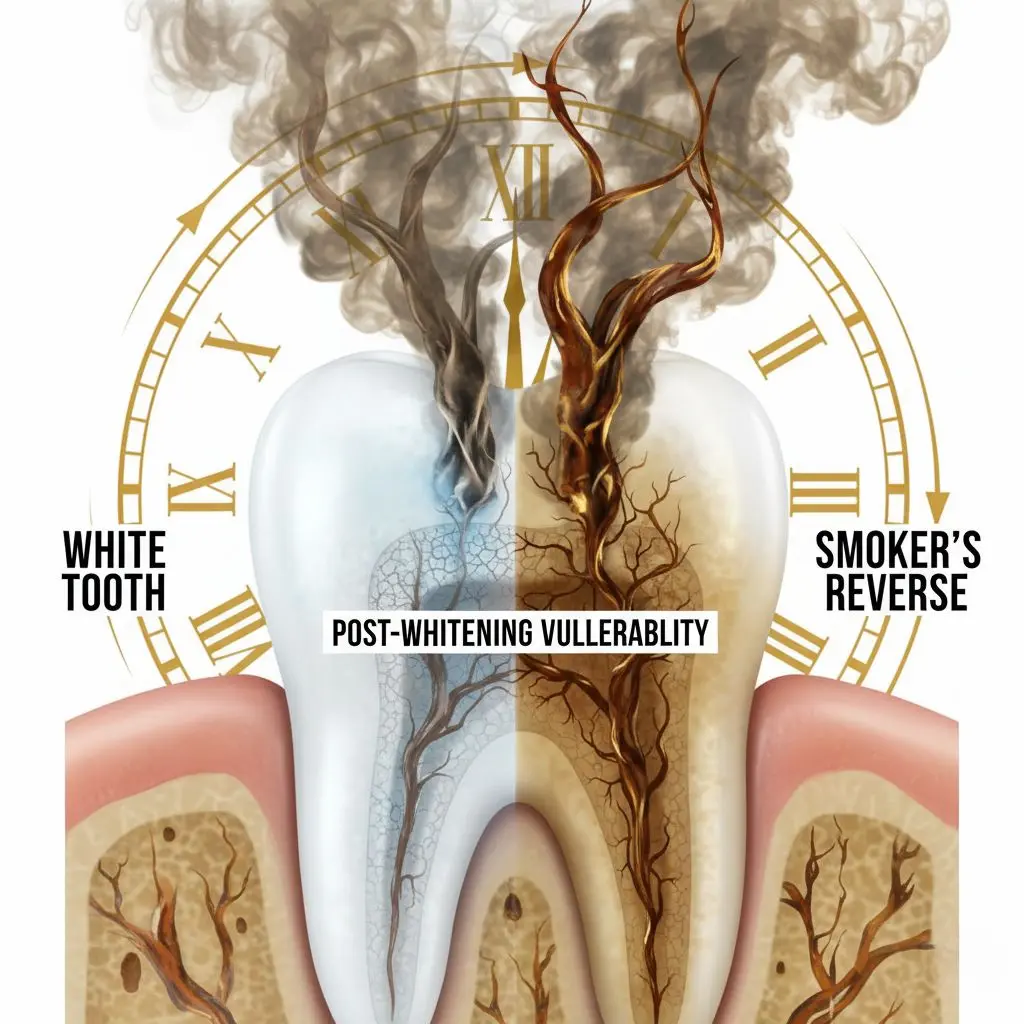
Smoking right after a teeth whitening session can undo your results fast. Tobacco introduces strong staining agents that sink into softened enamel, create deep surface stains, and raise your risk of oral health problems. This section breaks down why smoking after whitening is a serious problem.
How Tobacco Chemicals Stain Teeth
Tobacco smoke contains nicotine and tar, which easily stick to your teeth. These chemicals reach deep into tooth surfaces and cause yellow or brown stains that are hard to remove. One study showed these stains are more resistant to whitening and reduce the effects of whitening agents.
Research found that smoking creates tough surface stains, often worse than red wine or coffee. Even whitening toothpaste may not fully remove them.
Another study showed that tooth enamel can absorb tobacco toxins more easily when it’s porous. This makes stains more permanent and harder to treat. These long-lasting stains are a threat to your oral health.
Smoking also increases the risk of gum disease, which adds another layer of concern.
Enamel Vulnerability After Whitening
After whitening, your tooth enamel becomes more porous and temporarily weaker. This makes it more likely to absorb staining agents, especially in the first 24 to 48 hours. Hydrogen peroxide, the active ingredient in most treatments, opens up the enamel and allows stains to enter. Other research reported structural changes that give tobacco stains a direct path into the tooth. One study observed mild demineralization in some people after whitening. This makes whitening smoking effects worse and lets stains from tobacco, soda, or coffee settle in quickly.
How Smoking Quickly Reverses Whitening Results
Smoking can reverse your whitening results in just a few weeks. One study found that smokers had visible tooth darkening within one month of treatment. Research showed that color rebound was more common in smokers, especially when they skipped professional cleanings. A follow-up confirmed that smokers lost most of their whitening benefits by 30 months, even if the initial results were strong. Another study explained that whitening agents do work for smokers, but regular cleanings are needed to manage staining agents and protect your tooth surfaces. Relying on whitening strips or home treatments without maintenance may not be enough. Avoiding tobacco after whitening is one of the best ways to protect your smile and support your long-term oral health.
What Happens to Your Teeth After Whitening Treatment
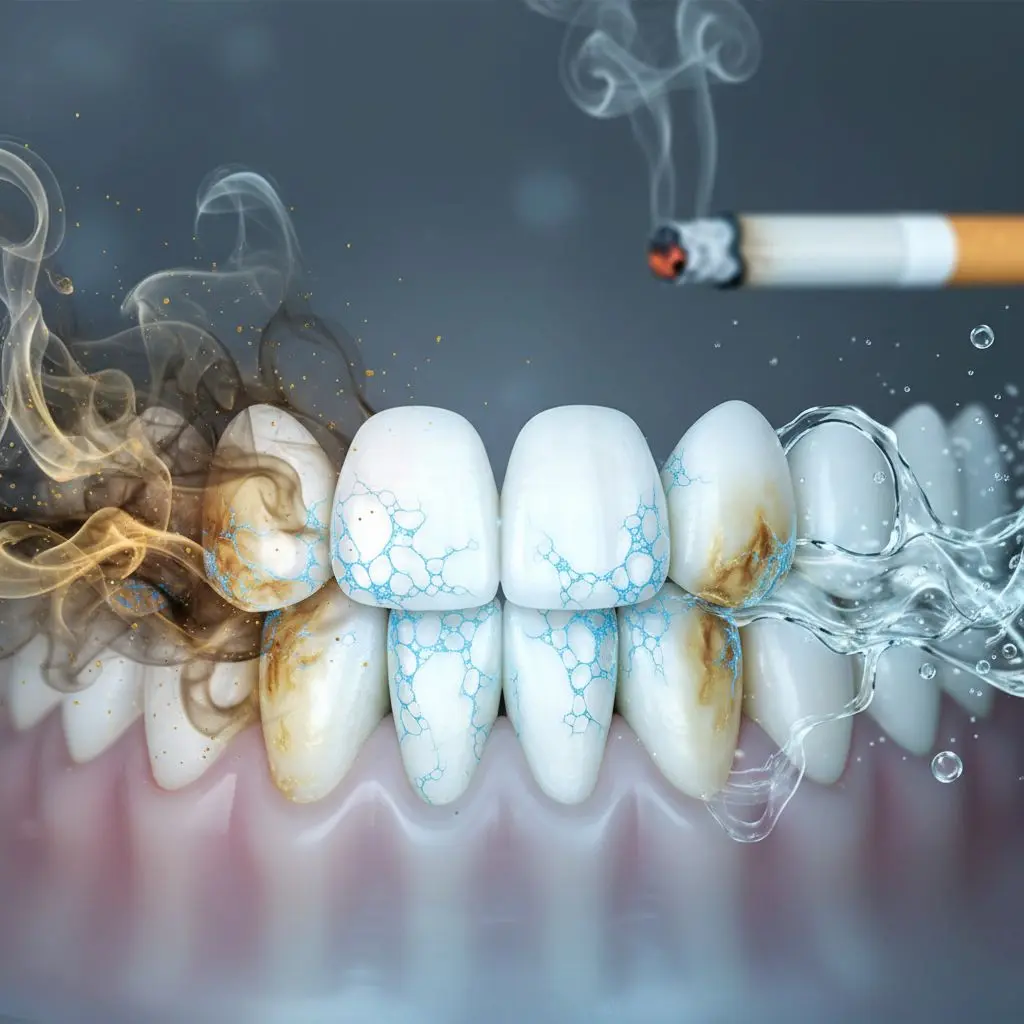
A professional whitening treatment can give you a brighter smile, but it also leaves your teeth a bit more sensitive to stains right afterward. That’s because whitening changes your enamel temporarily. Here’s a simple look at what’s happening in your mouth and why it matters if you smoke.
Surface Changes in Whitened Enamel
Whitening agents like hydrogen peroxide work by breaking down stains inside your teeth. To do that, they pass through the enamel and dentin, changing the surface slightly (Kwon & Wertz, 2015).
Studies show whitening can cause:
-
Tiny surface rough spots and pores
-
Mild erosion depending on the strength of the whitening product
-
A temporary decrease in enamel hardness that usually improves with saliva production
These small changes make your teeth more open to new staining substances, especially from smoke, coffee, or wine. Good aftercare helps protect your whitening results.
Smoking, Saliva, and Dry Mouth
Saliva is your mouth’s natural defense. It:
-
Rinses away food particles
-
Neutralizes acids
-
Helps remineralize enamel
After whitening, saliva production is even more important. Smoking reduces saliva and changes its protective quality. When there’s less saliva:
-
Smoke stains stick more easily to enamel
-
Stains from nicotine and tar last longer
-
Plaque builds up faster, making oral hygiene harder to maintain
Staying hydrated, chewing sugar-free gum, or using a saliva substitute can help protect your brighter smile after whitening.
How Smoking Interacts With Whitening Agents
Smoking doesn’t just cause stains. It can also interfere with how well whitening agents work.
Here’s what studies have found:
-
Nicotine-covered enamel doesn’t always respond the same way to peroxide
-
Smoke stains are harder to remove than those from coffee or wine and often need stronger professional whitening
-
Tobacco chemicals can lead to faster color relapse even after successful treatment
To keep your whitening results longer and support good oral hygiene, try to avoid smoking or at least delay it after treatment. Your brighter smile will thank you.
Evidence on Outcomes in Smokers vs Non-Smokers
Research shows that teeth whitening treatments can still be effective for smokers, especially in the short term. However, differences become clearer over time.
-
A systematic review found that both smokers and non-smokers saw good whitening results with no major differences in sensitivity or immediate effects.
-
A large clinical trial showed equal results after one week, but by one month, smokers began to show more discoloration than non-smokers.
-
Another study confirmed that at-home whitening worked for both groups, but smokers had less color improvement over time.
These studies suggest that while whitening treatments do work, the effects fade more quickly for smokers.
How Long Results Last for Smokers
Maintaining whitening results is harder if you smoke. Several studies show that relapse happens sooner in smokers, even with good oral hygiene.
-
Over nine months, smokers experienced more color relapse than non-smokers, even though both groups saw early benefits.
-
Research shows that discoloration comes back faster in smokers, especially without regular touch-ups.
-
An integrative review found that relapse often happens within six months for smokers, and professional cleanings are needed to maintain results.
This means smokers may need whitening more frequently or stronger treatments to keep their teeth bright.
What This Means for Smokers
If you smoke, you can still get a brighter smile but it takes more effort to keep it that way. Smoking introduces chemicals that not only stain your teeth but also reduce how long your whitening lasts.
To help maintain your results:
-
Schedule cleanings every 3–4 months
-
Use dentist-approved whitening touch-up treatments
-
Limit foods and drinks that stain, like tea, coffee, and red wine
-
Rinse your mouth after smoking to reduce chemicals on your enamel
Because smokers are more susceptible to stains and discoloration, ongoing care is essential. That includes taking care of your gums, boosting saliva flow, and avoiding staining foods and drinks where possible.
For many individuals, quitting smoking is the most effective way to protect whitening results and improve overall oral health.
How Long Should You Wait to Smoke After Whitening

Smoking too soon after whitening can undo your results fast. Right after treatment, your enamel is more open to stains. Knowing when it’s safe to smoke again can help you avoid early discoloration.
Recommended Wait Times
Most dentists recommend waiting at least 24 to 48 hours after whitening before smoking. This gives your enamel time to settle and become less susceptible to staining substances.
During this window:
-
Your enamel is more porous
-
Pigments from smoke can bond easily
-
You risk staining the same areas you just treated
Following this waiting period can help protect your whitening results and support long-term success.
What Happens If You Smoke Too Soon
If you light up right after whitening, here’s what can happen:
-
Discoloration can return within days
-
Smoke chemicals bind to freshly treated enamel
-
Your gums may become irritated
-
You might need repeat treatments sooner than planned
Whitening works best when your enamel has time to recover. Smoking too soon interferes with that process and reduces how long your brighter smile lasts.
Tips to Avoid Smoking During Recovery
Quitting isn’t easy, but delaying your next cigarette can make a big difference. Here are ways to hold off:
-
Keep your mouth busy with sugar-free gum
-
Drink water to stay hydrated and support saliva flow
-
Avoid foods and drinks that trigger cravings
-
Brush your teeth or rinse your mouth when the urge hits
-
Plan distractions like walking or calling a friend
If you do smoke, rinse your mouth with water right away and use a gentle toothpaste to help reduce early stains.
Delaying even a little can help protect your whitening results and reduce the need for more frequent treatments.
Aftercare Strategies for Teeth Whitening
Want to keep your brighter smile longer? Follow these aftercare tips to protect your whitening results, avoid stains, and reduce the need for more treatments.
1. Brush and floss daily
Keeping up with your oral hygiene is essential after whitening. Brush your teeth twice a day with a soft-bristled toothbrush and use a gentle whitening toothpaste to help prevent new discoloration. Don’t forget to floss once a day to keep your gums and teeth clean.
2. Rinse your mouth after eating, drinking, or smoking
Rinsing with water helps remove staining substances before they can stick to your enamel. This habit reduces resin buildup from smoke and lowers marijuana stains on teeth removal needs.
3. Avoid dark foods and drinks for at least 48 hours
Your teeth are more susceptible to stains right after treatment, so it’s best to avoid foods like berries and tomato sauce, and drinks like coffee, tea, red wine, and cola.
4. Stay hydrated and support saliva flow
Drinking plenty of water and chewing sugar-free gum can help increase saliva production, which naturally protects your teeth by washing away acids and residue that lead to discoloration.
5. Schedule regular dental cleanings
Professional cleanings every six months, or more often for smokers, help remove buildup and maintain your brighter smile. Your dentist can also recommend touch-up treatments if needed.
6. Use at-home whitening products between treatments
Daily use of whitening toothpaste or occasional use of a whitening gel or tray can help you maintain results between professional visits. Always follow product directions and ask your dentist if you’re unsure.
7. Cut back on smoking if possible
Smoking exposes your teeth to chemicals that darken enamel quickly. Smokers are more likely to experience fast relapse, so reducing or quitting can make a big difference in how long your whitening lasts.
Long-Term Maintenance for Smokers
Maintaining a white smile is more challenging for smokers, but it’s still possible. This section focuses on habits that support lasting whitening results for those who smoke regularly.
1. Keep up with regular dental visits
Visit your dentist every six months or more often if needed. Professional whitening and deep cleanings help manage persistent stains and keep your brighter smile from fading.
2. Use whitening products between appointments
A daily whitening toothpaste and occasional touch-up gels or trays can help counter stains from smoking and other staining substances.
3. Support saliva production naturally
Smoking reduces saliva production, which affects your enamel’s ability to protect itself. Stay hydrated, chew sugar-free gum, and eat crunchy fruits to stimulate saliva flow.
4. Stick to strong oral hygiene habits
Brush and floss daily to limit the effects of chemicals present in smoke. Clean teeth hold onto whitening results better and are less vulnerable to stain buildup.
5. Know how smoking affects your smile
Understand that smoking affects not just the color of your teeth but also your enamel health. Even if your teeth aren’t naturally dark, smoking can lead to deep stains.
6. Consider quitting smoking
Quitting smoking is the most effective way to maintain a white smile. It removes exposure to staining chemicals, supports better oral hygiene, and helps you keep a healthier smile for the long term. Even cutting back can improve your whitening results.
Final Thoughts
Smoking after teeth whitening can quickly undo your results. The combination of open enamel, stain-causing chemicals, and reduced oral hygiene protection makes it harder to maintain a brighter smile. To protect your investment, wait at least 48 hours before smoking, avoid staining substances, and follow a solid aftercare routine.
For lasting results, consider professional whitening touch-ups and, if possible, take steps toward quitting smoking. SNOW’s enamel-safe, clinically proven formulas are designed to help you maintain a whiter, healthier smile. Try it today!
Frequently Asked Questions
Quick answers to help you protect your smile:
What should be avoided regarding temperature after the whitening procedure?
You should avoid extremely hot or cold foods and drinks after your whitening treatment. Sudden temperature changes can increase sensitivity and may damage the enamel while it's still recovering.
Can I smoke after teeth whitening?
Avoid smoking for at least 48 hours to protect whitening results and address removing cannabis stains from teeth if marijuana use continues.
This gives your enamel time to recover and helps preserve your whitening results. Smoking too soon can cause discoloration and reduce the treatment’s effectiveness.
What is the most effective way for smokers to maintain a white smile?
The best option is quitting smoking. It reduces exposure to staining chemicals, supports better oral hygiene, and helps you keep a white smile longer.
If you found this article valuable, check out some of our other related posts:
- How to Remove Tobacco Stains From Teeth Instantly
- Does Smoking Out of a Bong Stain Your Teeth
- Does Smoking Cigarettes Make Your Teeth Yellow
- Can your Teeth Turn Yellow From Vaping
- Can you Vape with Teeth Whitening Trays in
- Does Nicotine Gum Make Your Teeth Yellow
- Do Nicotine Pouches Stain Your Teeth
- Do Cigars Make Your Teeth Yellow
- Can You Smoke Weed After Teeth Whitening
- How to Keep Teeth White While Smoking
- What Is Teeth Whitening?
- How to Keep Teeth White
- How White Are My Teeth?
- Should I Whiten My Teeth?
- Are White Teeth Attractive?















































